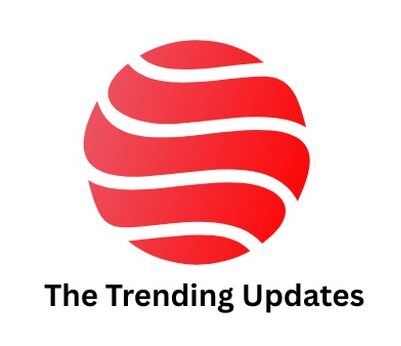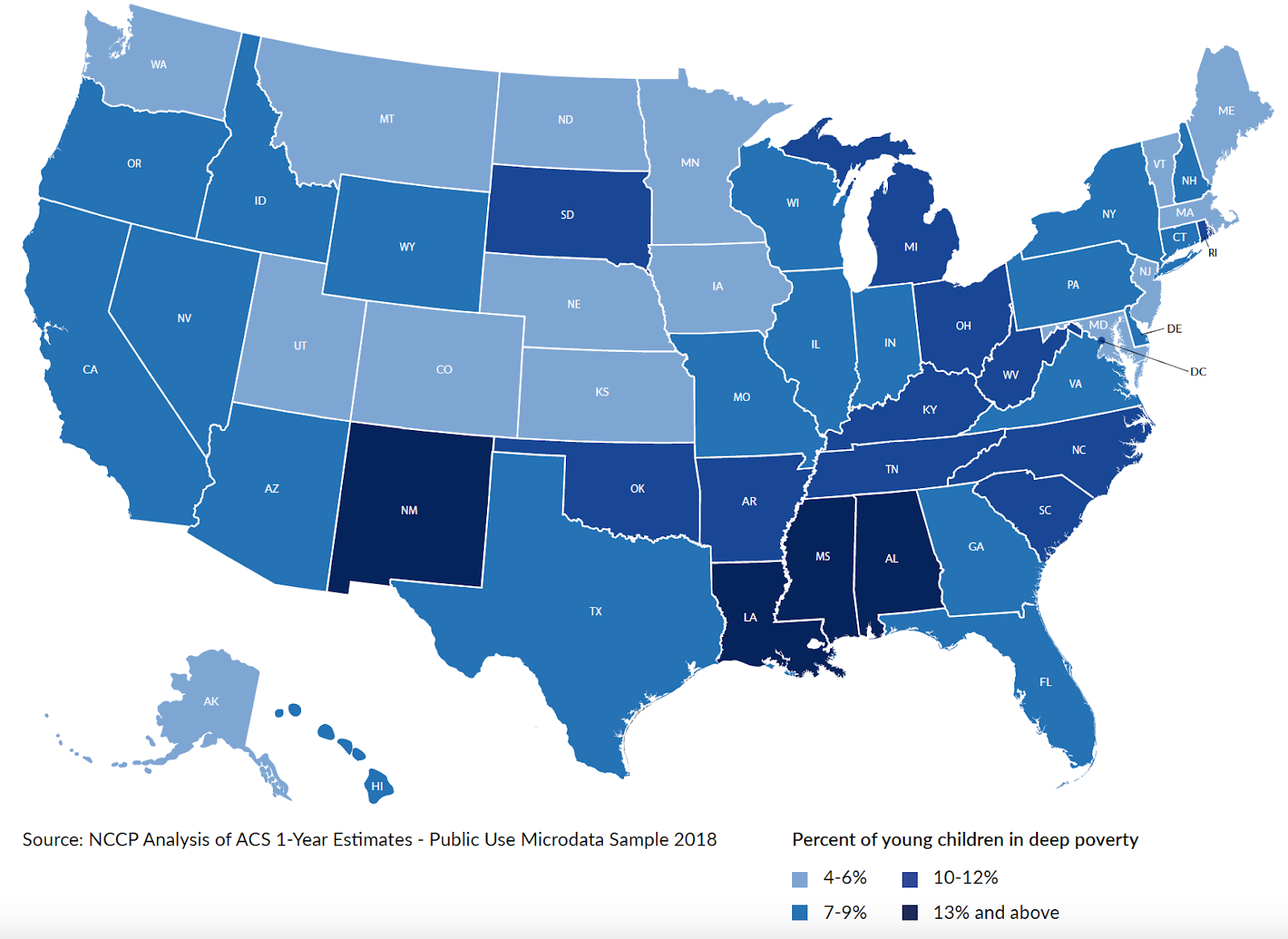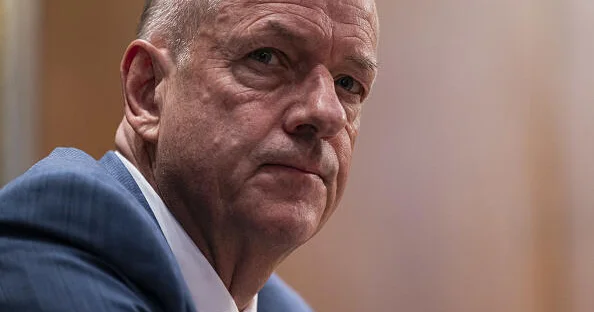Table of Contents
In a groundbreaking initiative that is drawing national attention, certain U.S. states are now providing direct payments of up to $3,200 per child to qualifying families. As economic uncertainty continues to impact households across the country, these relief measures aim to offer vital financial support—especially to low-income and working-class families.
But which states are offering this benefit, and who qualifies? Here’s a complete breakdown.
What Is the $3,200 Child Payment?
The payment is part of several state-level guaranteed income programs, a concept gaining traction nationwide. Under these initiatives, qualifying families with children can receive up to $3,200, typically distributed as monthly or lump-sum payments.
These payments are not federal aid, but rather localized efforts funded by state budgets, nonprofit partnerships, or pilot programs aimed at reducing child poverty and improving long-term outcomes.
States Offering the $3,200 Child Payment
The amount and eligibility criteria vary by state, but the most active programs include:
- California: Through the “Young Child Tax Credit” and select local pilot programs.
- Minnesota: Offering expanded child tax credits for low- to middle-income households.
- New Mexico: Monthly child payments are part of the state’s anti-poverty initiatives.
- Washington D.C.: Parents may receive lump-sum deposits via the expanded Earned Income Tax Credit (EITC).
These programs are often implemented through direct deposit, ensuring faster and more secure delivery to recipients’ bank accounts.
Who Is Eligible?
Eligibility criteria vary by program and location, but typically include:
- Families with children under 18
- Low- to moderate-income households
- Residency within the program state or city
- Filing tax returns or being enrolled in state benefits (e.g., Medicaid, SNAP)
Some states also target single parents or families below the federal poverty line for enhanced payments.
Purpose Behind the Payments
Experts argue that these payments help:
- Reduce childhood poverty
- Improve school performance
- Support working parents
- Provide basic necessities like food, clothing, and housing
Pilot programs have already shown positive results, with participating families reporting reduced stress and improved financial stability.
The Bigger Picture
As inflation pressures household budgets and federal aid wanes, more states are experimenting with universal basic income (UBI) and guaranteed payments. The success of these child-focused initiatives could pave the way for broader support systems across the country.
FAQs
1. Is the $3,200 payment available nationwide?
No, it’s not a federal program. It’s currently offered in select states like California, Minnesota, New Mexico, and Washington D.C.
2. How can I check if I qualify?
You’ll need to review your state’s Department of Revenue or local government website for eligibility guidelines. Many programs are tied to tax filings or public assistance.
3. Is this a one-time payment or ongoing?
It varies. Some states offer a lump-sum, while others provide monthly stipends for a set period, typically 6–12 months.
4. Do these payments affect other benefits like SNAP or Medicaid?
In most cases, no—these payments are treated separately and should not affect eligibility for other welfare programs. Always confirm with your local social services office.
You may like to read about :
Warren Buffett Steps Down: What Gregory Abel’s Leadership Means for the Future of Berkshire Hathaway
UnitedHealth CEO Andrew Witty Faces Intense Scrutiny Over Cyberattack Response




